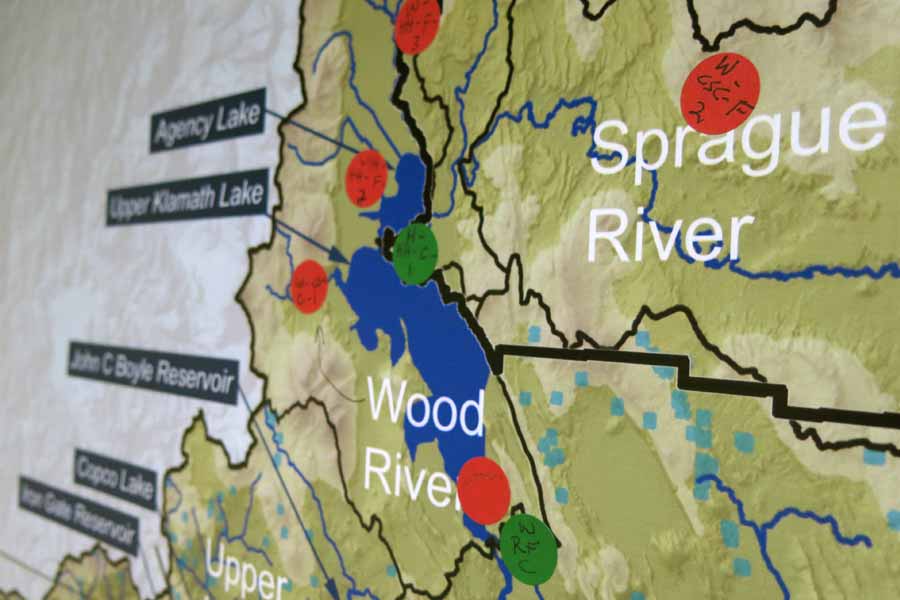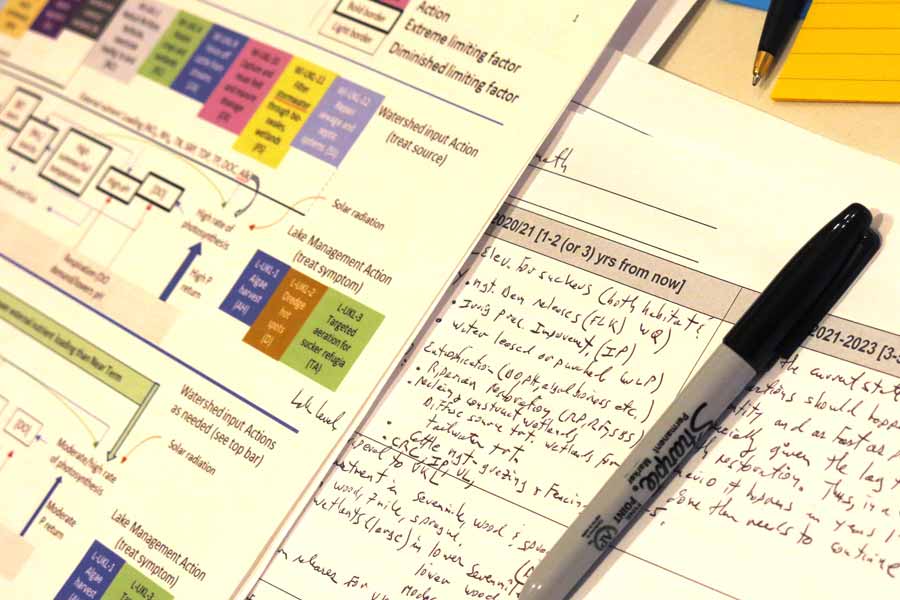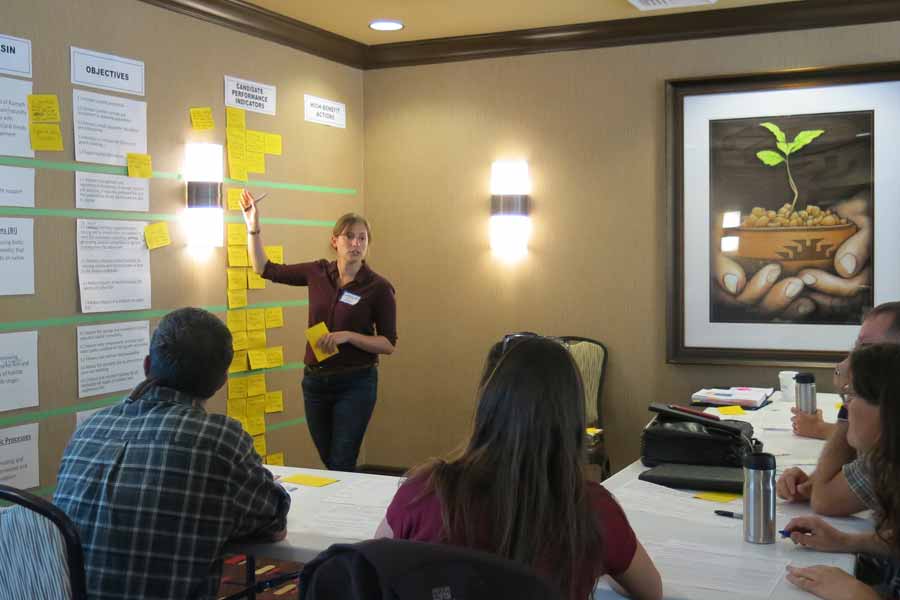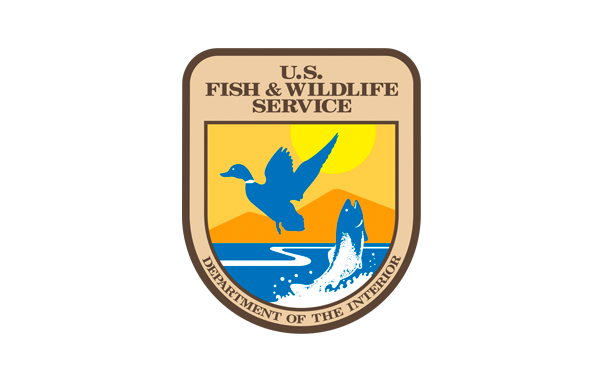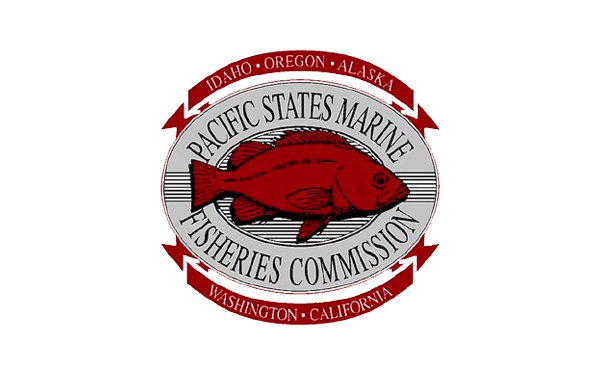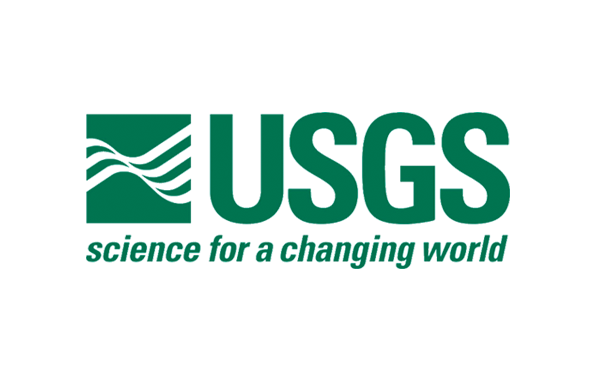The IFRMP aims to provide an answer to the basic question:
Given all that we know, which watershed restoration actions will provide the broadest possible benefits to functional watershed processes and native focal fish species, both within each sub-basin and throughout the Basin?
To answer this question, ESSA Technologies Ltd. has drawn on decades of prior and ongoing research and planning efforts in the basin and worked with a diverse group of committed participants from across the basin to develop and apply a multi-criteria scoring method. The IFRMP prioritization method is embedded in the Klamath IFRMP Restoration Prioritization Tool that provides a systematic, repeatable and transparent prioritization framework to identify those restoration actions that yield the greatest benefits to multiple focal fish species. Priorities that emerge from the Tool provide a consistent starting point for more detailed and contextualized discussions about selecting and sequencing Klamath Basin restoration actions.
The primary outputs of the IFRMP planning process are available from the links below:
Additional supporting resources associated with the plan document is available on the Resources page, and many of the references cited within the plan are available through our Document Library. The sections below provide more information on the IFRMP planning context, process, and outcomes that will help readers better understand the intent behind the development, interpretation, and future use of this Plan.
The Planning Context
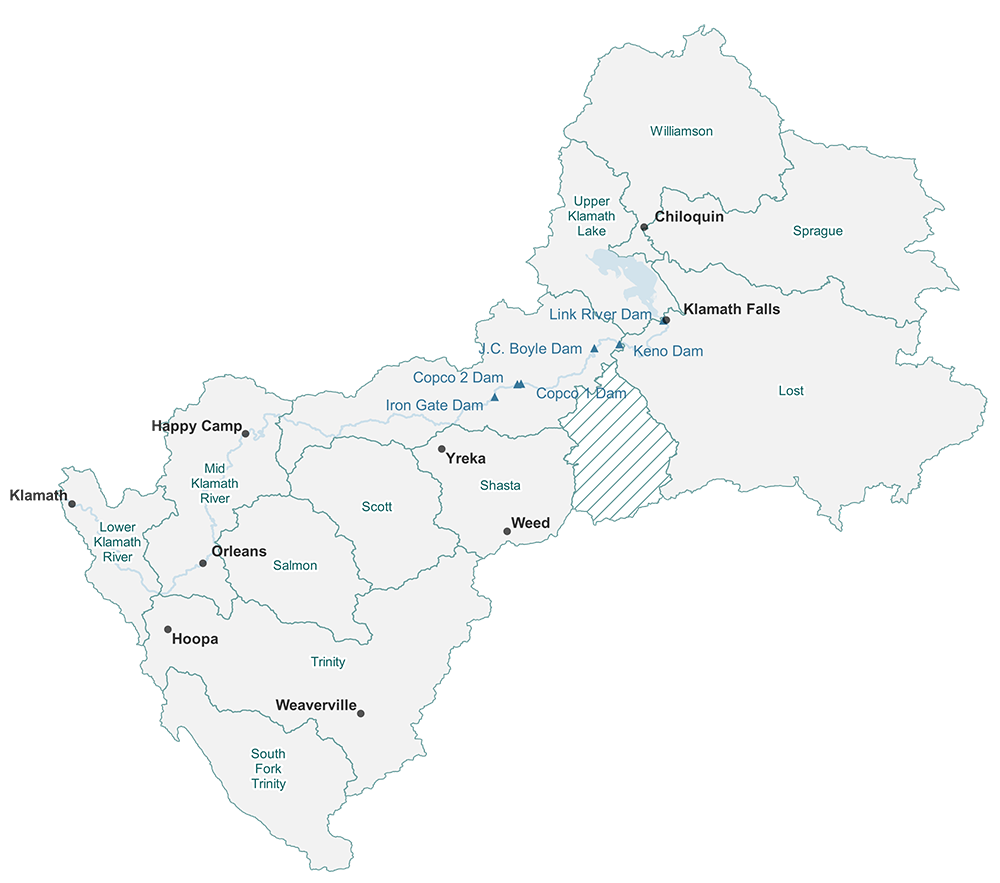
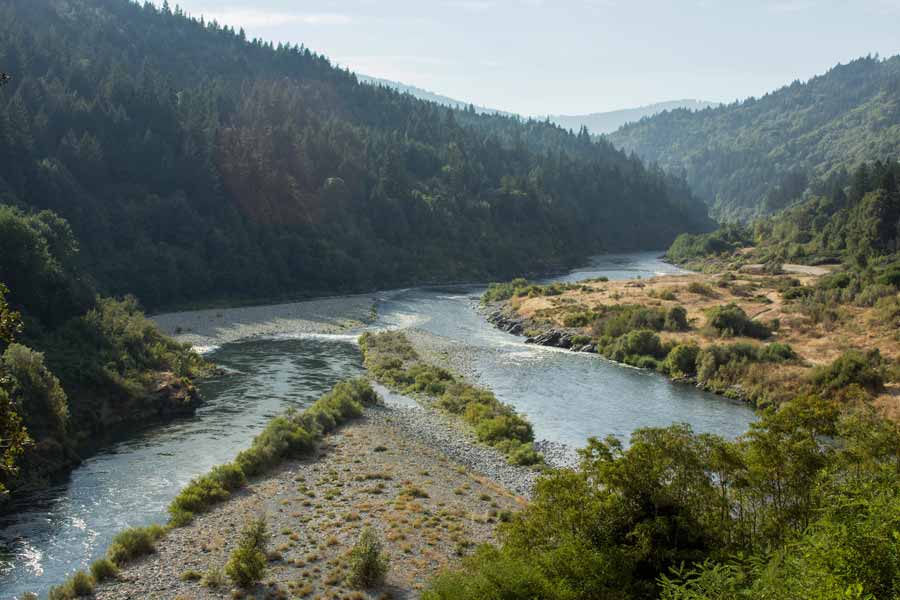


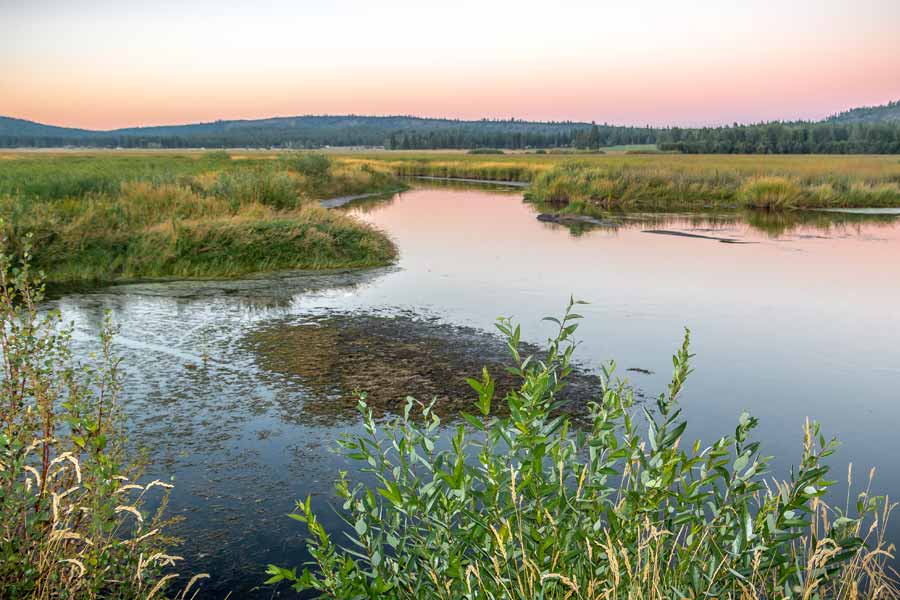
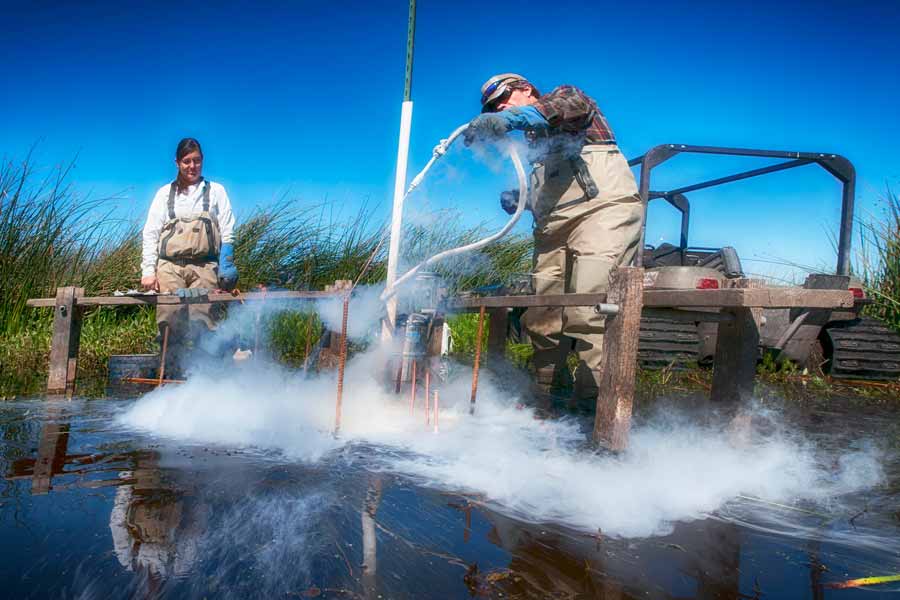
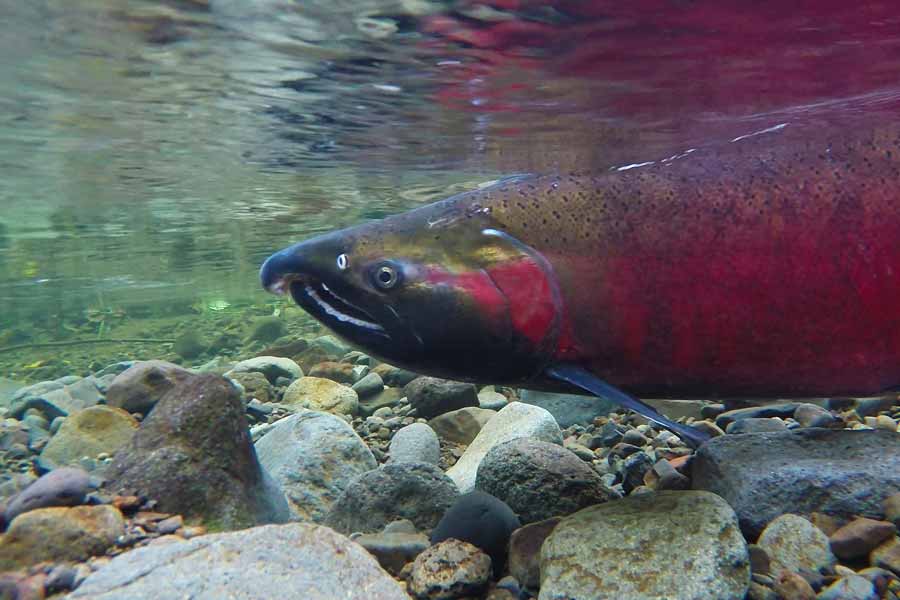
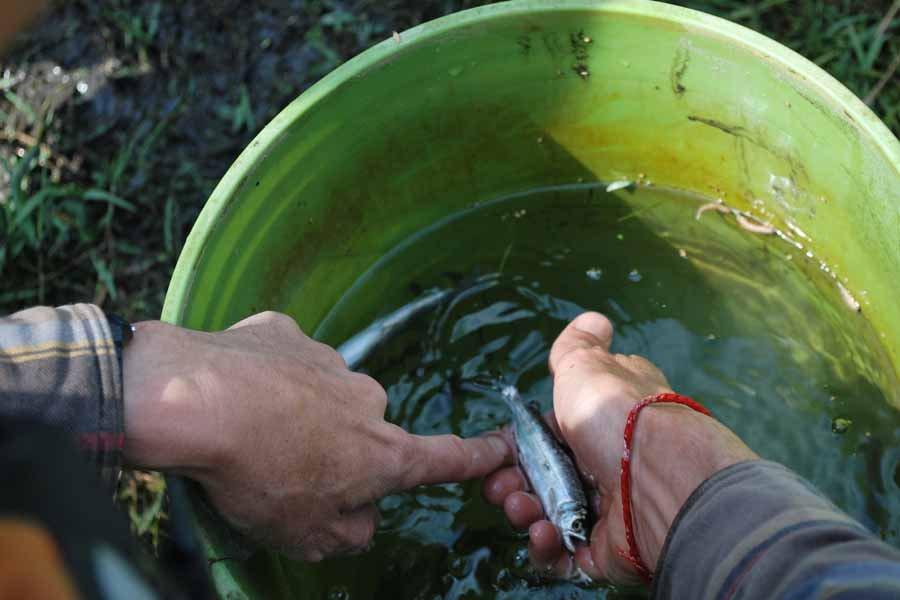
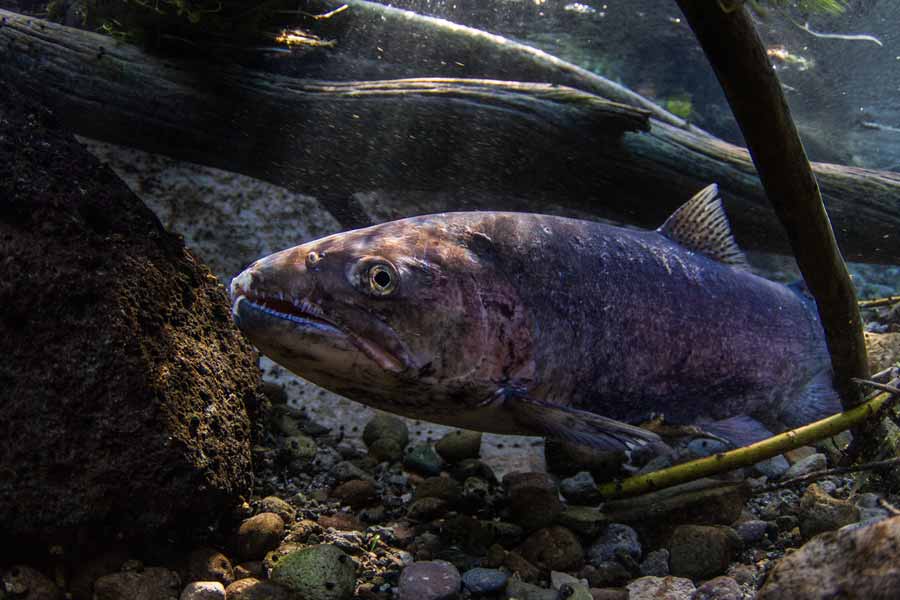


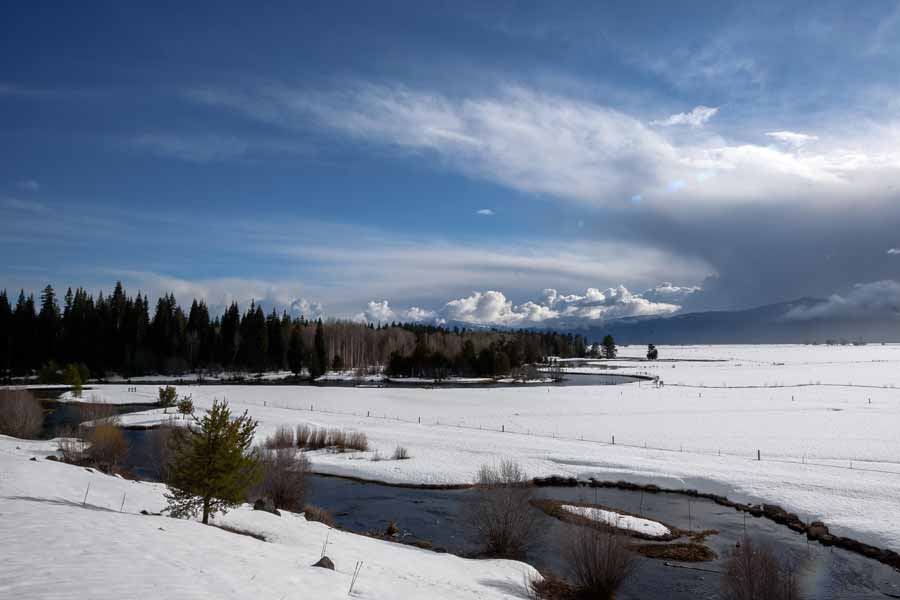
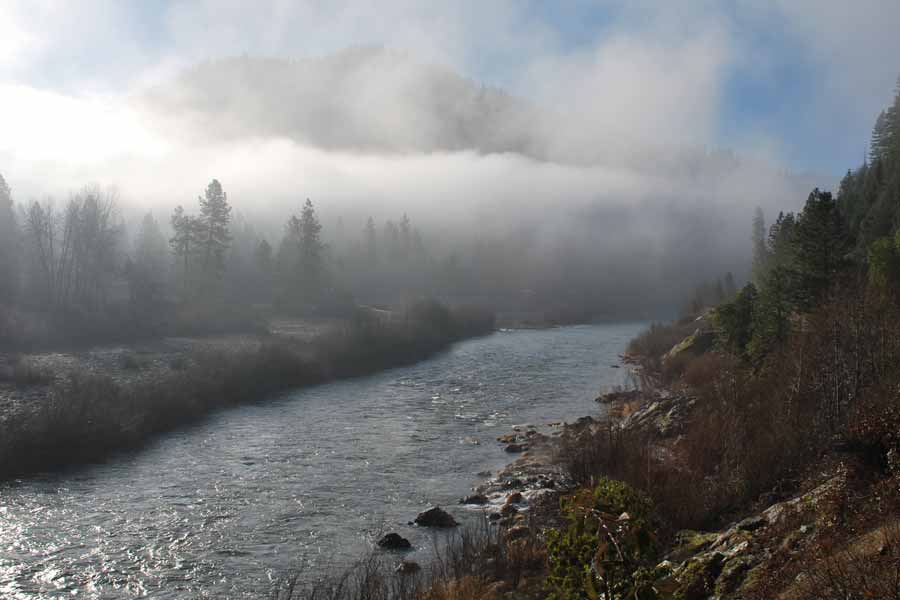


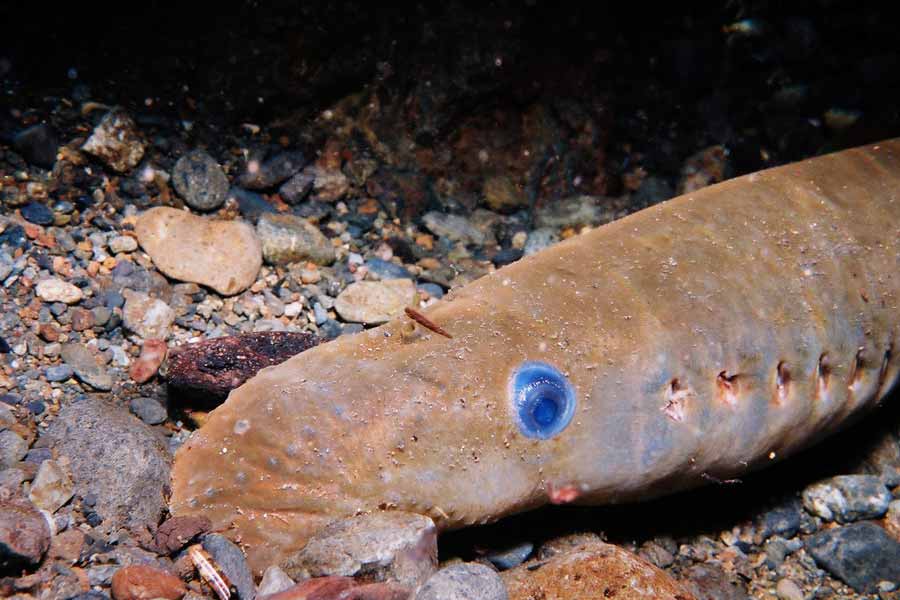
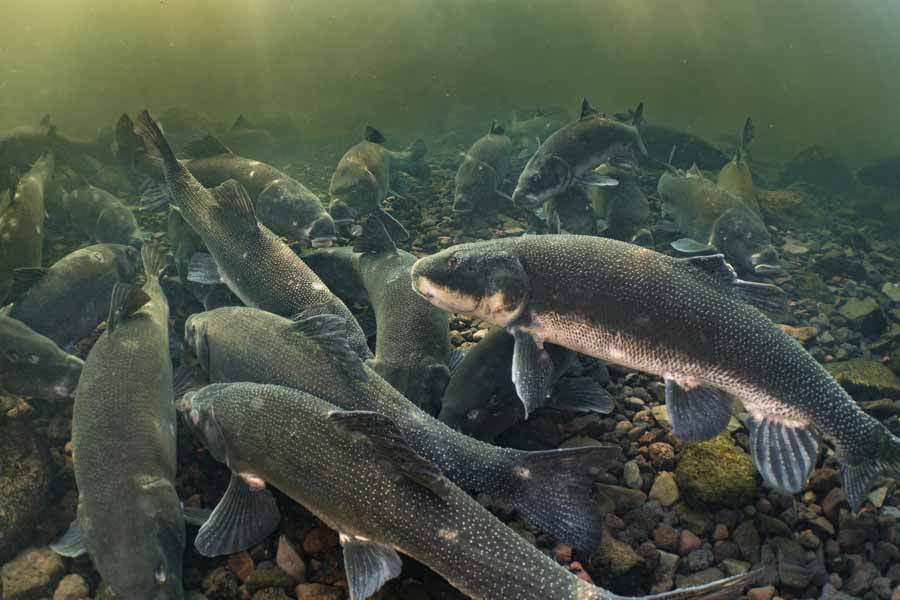
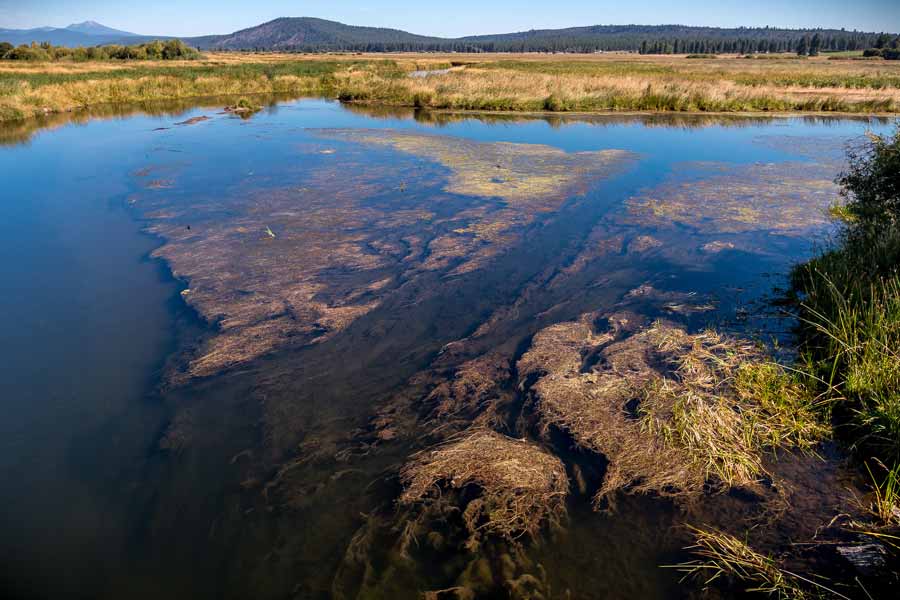

The Planning Context
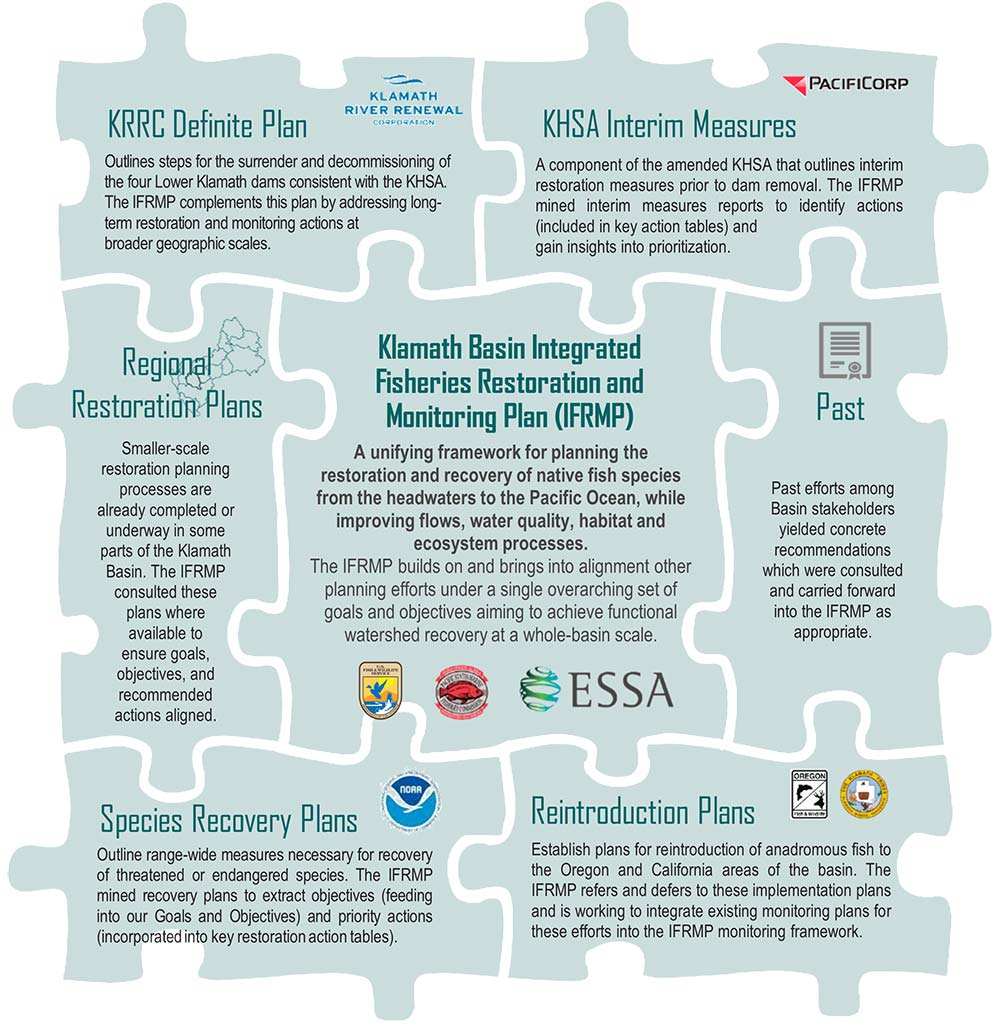
The Planning Process
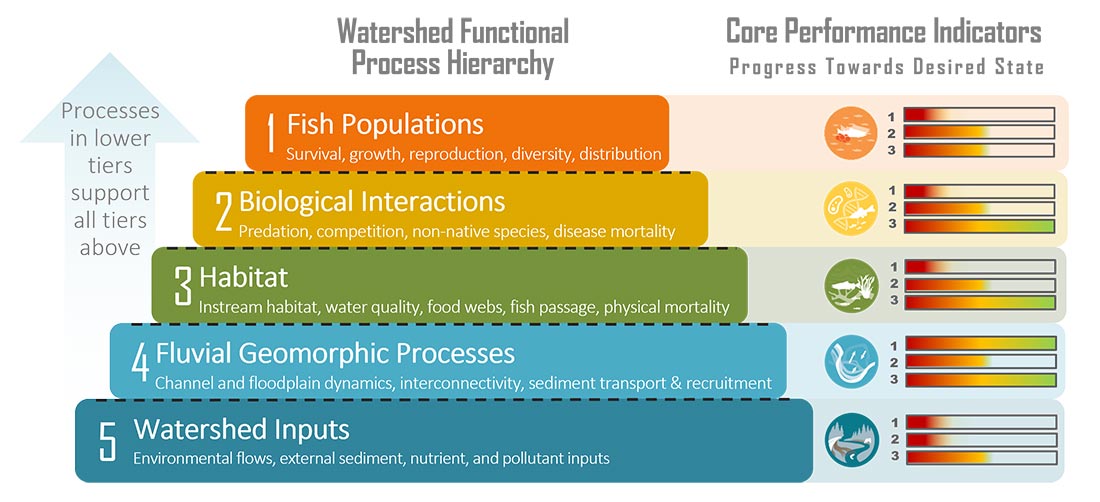
IFRMP Monitoring Recommendations
Each of the IFRMP objectives (described in the IFRMP Plan document) are linked to associated core performance indicators (CPIs) that will be monitored across the Klamath Basin to track and communicate progress towards basin-wide recovery. Through a series of expert webinars convened June-August 2021, subject-area experts discussed in detail the current monitoring infrastructure in place across the Klamath Basin. These subject-area experts evaluated the strength of existing monitoring for providing broad evaluations of the status of CPIs within the different biophysical tiers, identified important monitoring gaps, and made recommendations as to where/how the IFRMP could best supplement this existing monitoring to improve basin-scale assessments of CPI status and trends.
Several crosscutting monitoring needs emerged including:
- need for improved standardization of data collection and storage.
- need for coarse basin-wide approaches to support system-wide assessments of multiple CPIs (e.g., repeat bathymetric LiDAR over time).
- need for event driven monitoring (i.e., real-time data) to understand the relationship between significant precipitation events and CPIs.
There were also commonalities in the recommendations across CPIs in terms of the spatial allocation of sampling effort. In many cases the proposed stratification variables were the same, providing the opportunity to co-locate sites thus minimizing effort and providing additional information for individual CPIs. Monitoring recommendations fell into one of the following categories:
- Approach A) Basin-wide census (e.g., LiDAR, TIR), represented by the stream network in blue in the map below.
- Approach B) Point locations in the mainstem Klamath River (yellow points, in map) and just above the confluence of each major sub-basin (red points, in map above) (e.g., water quality sampling, eDNA etc.); and
- Approach C) CPI specific stratification as necessary (e.g., key refugia, areas of special emphasis, tributaries, areas with high agricultural pressures etc.). The purple shaded HUC12 polygons in the map above represent a potential stratification variable of interest (i.e., areas of special emphasis for coho as identified by IFRMP sub-basin experts).
Planning Outcomes
The restoration priorities emerging from the IFRMP and described in the Plan document provide a helpful, evidence-based starting point for further discussions to select restoration projects most suitable for near-term implementation. However, these are not intended to be viewed as definitive, static recommendations. Instead, the ‘point-in-time’ lists of priority project concepts in this plan are meant to:
- synthesize the big-picture view of key restoration actions that practitioners feel is needed to restore self-sustaining fish populations in the Klamath basin in one place, while recognizing that they cannot all be implemented simultaneously, and
- provide a starting point for more nuanced collaborative discussions taking into account the current basin context to define a narrower near-term Klamath Basin Restoration Action Agenda, which will set the search image for future restoration proposal solicitation processes inviting more detailed project proposals from practitioners in the basin.
These priorities are not meant to be fixed. Rather, this repeatable prioritization process is meant to be repeated in future years as currently proposed projects are completed, new project opportunities emerge, and conditions in the basin continue to change.
The implementation of any of these priority restoration activities requires the cooperation and support of private landowners, states, Tribes, local governments, and other organizations that call the Klamath Basin home. This support, in addition to project cost, funding, permitting, and other aspects of current local context, will need to be considered in addition to prioritization when making restoration funding decisions.


